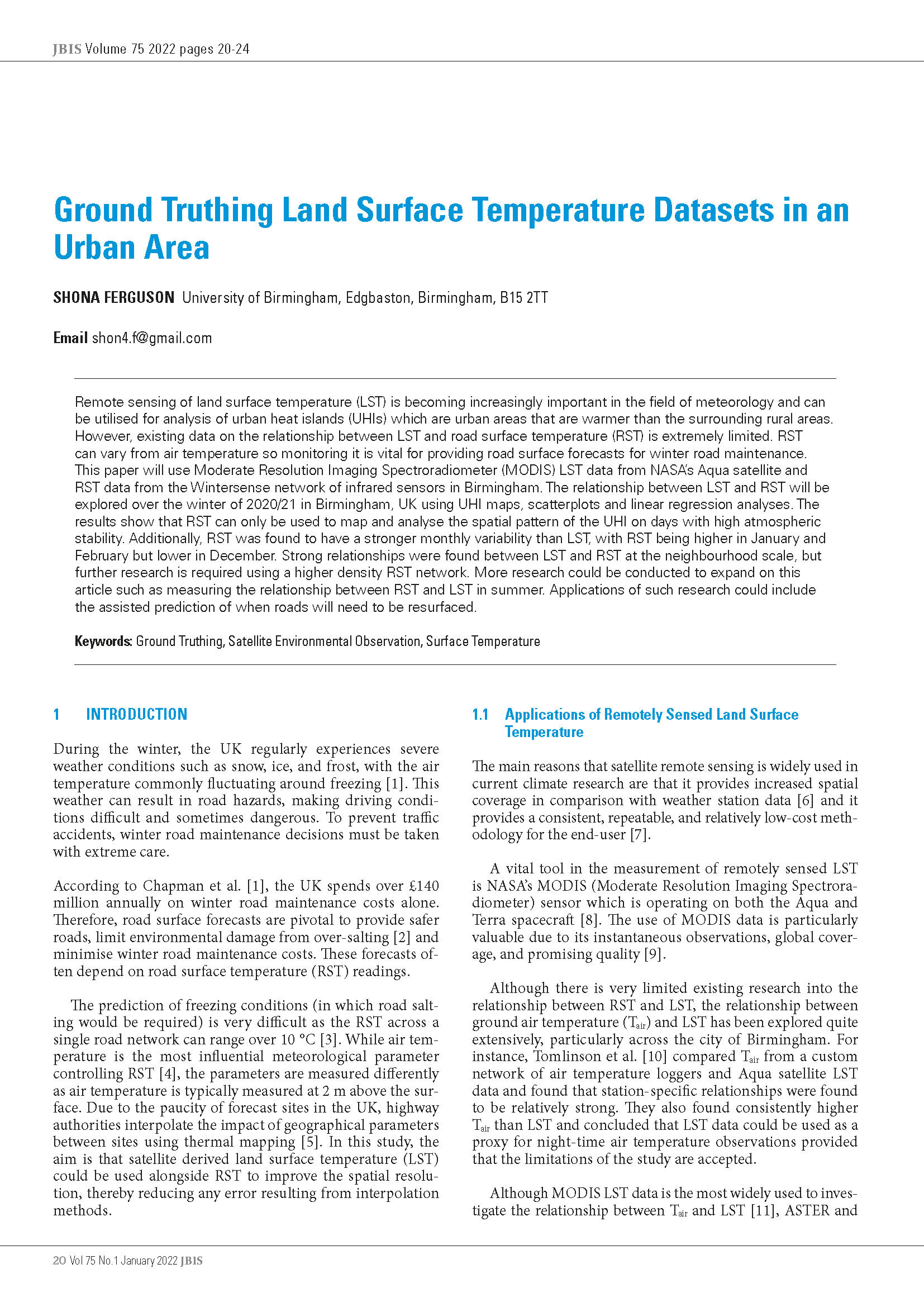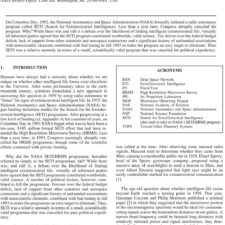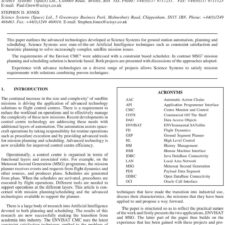Ground Truthing Land Surface Temperature Datasets in an Urban Area
£0.00
Shona Ferguson (2022), JBIS, 75, pp.20-24
Refcode: 2022.75.024
DOI: n/a
Abstract:
Remote sensing of land surface temperature (LST) is becoming increasingly important in the field of meteorology and can be utilised for analysis of urban heat islands (UHIs) which are urban areas that are warmer than the surrounding rural areas. However, existing data on the relationship between LST and road surface temperature (RST) is extremely limited. RST can vary from air temperature so monitoring it is vital for providing road surface forecasts for winter road maintenance. This paper will use Moderate Resolution Imaging Spectroradiometer (MODIS) LST data from NASA’s Aqua satellite an RST data from the Wintersense network of infrared sensors in Birmingham. The relationship between LST and RST will be explored over the winter of 2020/21 in Birmingham, UK using UHI maps, scatterplots and linear regression analyses. The results show that RST can only be used to map and analyse the spatial pattern of the UHI on days with high atmospheric stability. Additionally, RST was found to have a stronger monthly variability than LST, with RST being higher in January and February but lower in December. Strong relationships were found between LST and RST at the neighbourhood scale, but further research is required using a higher density RST network. More research could be conducted to expand on this article such as measuring the relationship between RST and LST in summer. Applications of such research could include the assisted prediction of when roads will need to be resurfaced.
Keywords: Ground Truthing, Satellite Environmental Observation, Surface Temperature





